
The Art of Non-Alcoholic Spirits
blog
For decades, spirits and cocktails have fostered a culture of craft, connection, and celebration. But over time, cocktail culture has evolved far beyond the buzz!
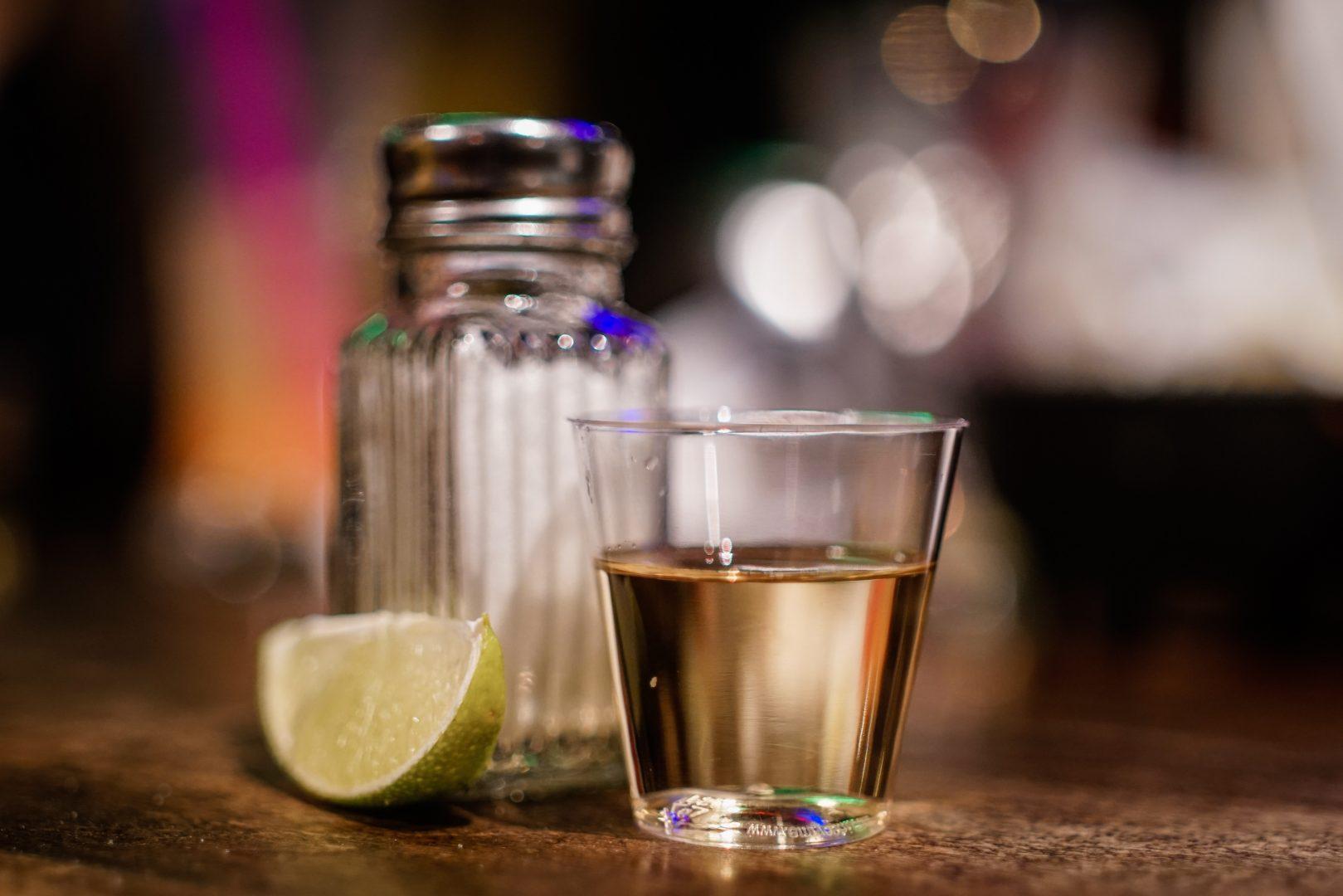

With over 300 different characteristics, tequila possesses a depth of flavors and aromas that rival any good spirit. Depending on the unique conditions in which its agave was grown, as well as the techniques utilized in its production, this delightful spirit can range from light and fruity to deep and smokey — and everything in between. Here's 5 things you didn't know about tequila, brought to you by our friends at Moonshine University.
If you're from Kentucky, then you probably know that all bourbon is whiskey, but not all whiskey is bourbon. Similarly, all tequila is mezcal, but not all mezcal is tequila.
Like bourbon, tequila has a "denomination of origin," meaning that it must be produced in a specific place in order to be called tequila. In this case, tequila comes from what is known as the Tequila region of Mexico, which includes the states of Jalisco, Michoacán, Tamaulipas, Guanajuato, and Nayarit.
Mezcal, on the other hand, can be produced almost anywhere in Mexico, but it most commonly comes from its central and southern states, especially Oaxaca.
In order to be called a tequila, the spirit must contain at least 51% blue Weber agave or "agave tequilana," which is a type of desert succulent.
The higher the percentage of blue agave in the tequila, the finer the spirit. This makes sense, because these sweet plants take a whopping 8 to 12 years to mature and can only be harvested once. Lower quality tequilas (those with a lesser percentage of blue agave) may be filled out with a neutral spirit made from cane sugar juice, making them cheaper to produce and generally inexpensive for consumers.
Mezcal has a little more freedom. There are over 30 strains of agave (or maguey) that can be used in mezcal production, so long as they are native to the approved regions and contain the appropriate sugar levels.
Currently, agave espadin is used for about 90% of mezcal production: it's easy to cultivate, wildly grown and commonly domesticated, and has the similar tropical and floral notes enjoyed in blue agave. However, it still takes years to mature, and if you want a more complex flavor and aroma in your mezcal, you can count on paying a higher price for plants left to mature for an additional decade.
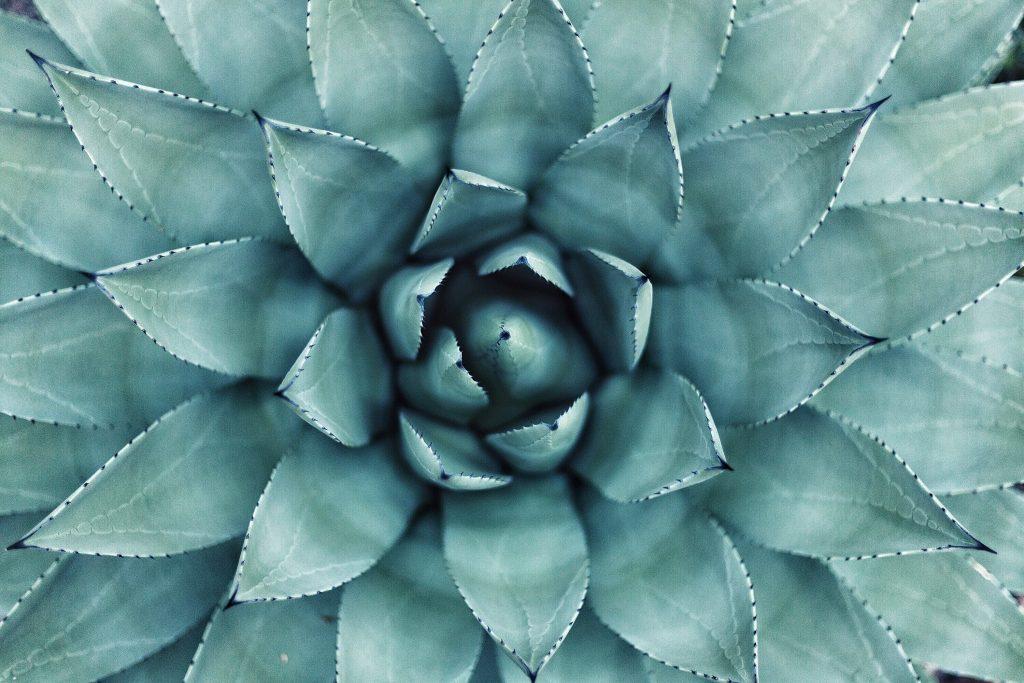
Tequila is made by steaming the heart of the agave (called the piña) in above-ground ovens, crushing it, and fermenting the extracted sap, before distilling in copper pots. Meanwhile, mezcal production involves charring the piña prior to distillation. Before the agave can be cooked, underground pits are lined with hot rocks that burn for at least a day. This process is what gives mezcal it's signature smokiness.
There are a variety of age distinctions for tequila and mezcal products that also impact the final aroma and flavor:
No one knows exactly where the practice originated, but it's not unheard of today to find a worm at the bottom of your mezcal (but not tequila, that's a common misconception).
The most circulated origin story credits an art school student turned distiller named Jacobo Lozano Páez who, in the 1940s, found that the larvae changed the taste of the agave, so he began adding it to alter the flavor of his spirits.
Some believe that swallowing the worm brings you luck if it ends up in your glass; or that it serves as an aphrodisiac or hallucinogenic, though neither claim has been proven true. Others believe it provides evidence of a mezcal's quality, because in order to safely "pickle" the worm, a spirit must contain a higher alcohol potency.
Overall, most would call it a marketing ploy.
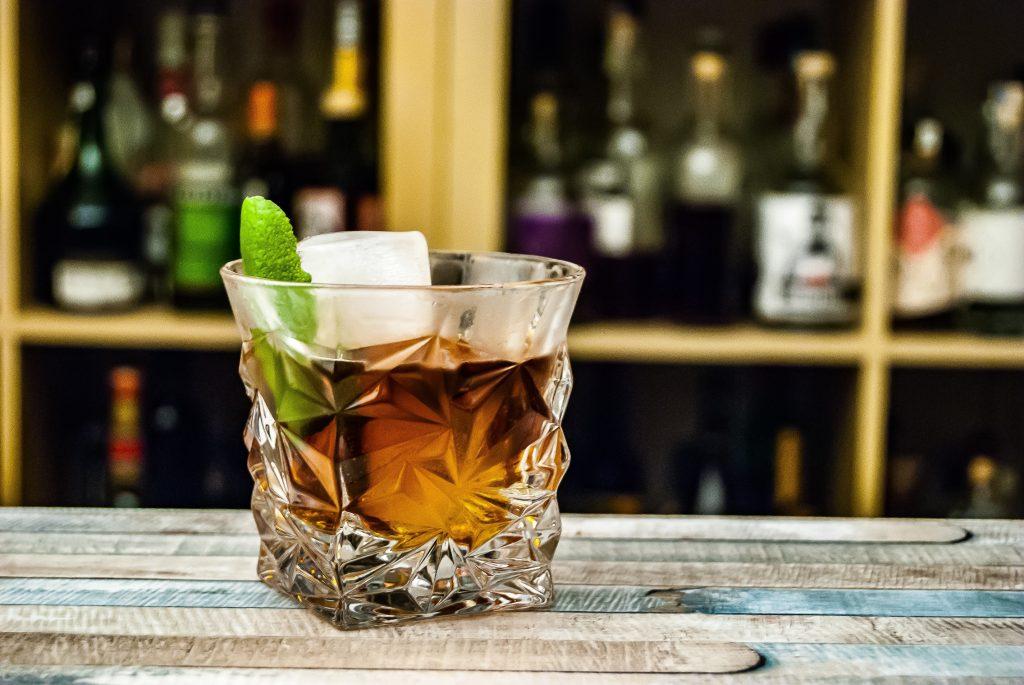
The worm found in some mezcals is actually a kind of edible caterpillar known as "gusano de maguey," named after the plant it feeds on. These "worms" are also consumed by themselves as popular delicacies in Mexico.
There are two types of gusano, identified by their color: red or white. The red gusano feeds on the heart of the maguey — the same part of the plant used to craft mezcal; that's why the red gusano is considered to be of higher quality for consumption than its white-colored cousin which only eats the leaves of the maguey.
If allowed to live, both these larvae would transform into moths: a hypopta agavis moth (red) or tequila giant skipper (white). But don't worry, if you do find the courage to swallow the worm, you won't end up with a butterfly in your stomach, but you may be left feeling giddy. Bottoms up!
To learn more about tequila, mezcal, and other agave spirits, check out Moonshine University's two-day Agave Spirits Workshop, taught by Kobe Desmet, author of Tequila & Mezcal: The Complete Guide.
If you've got an idea for a great drink, the beverage development experts at Flavorman can help you bring it to life! Just fill out this web form or give us a call at (502) 273-5214 to get started.
Related Content
How Gin Met Tonic: Origins of the Perfect Pairing

blog
For decades, spirits and cocktails have fostered a culture of craft, connection, and celebration. But over time, cocktail culture has evolved far beyond the buzz!
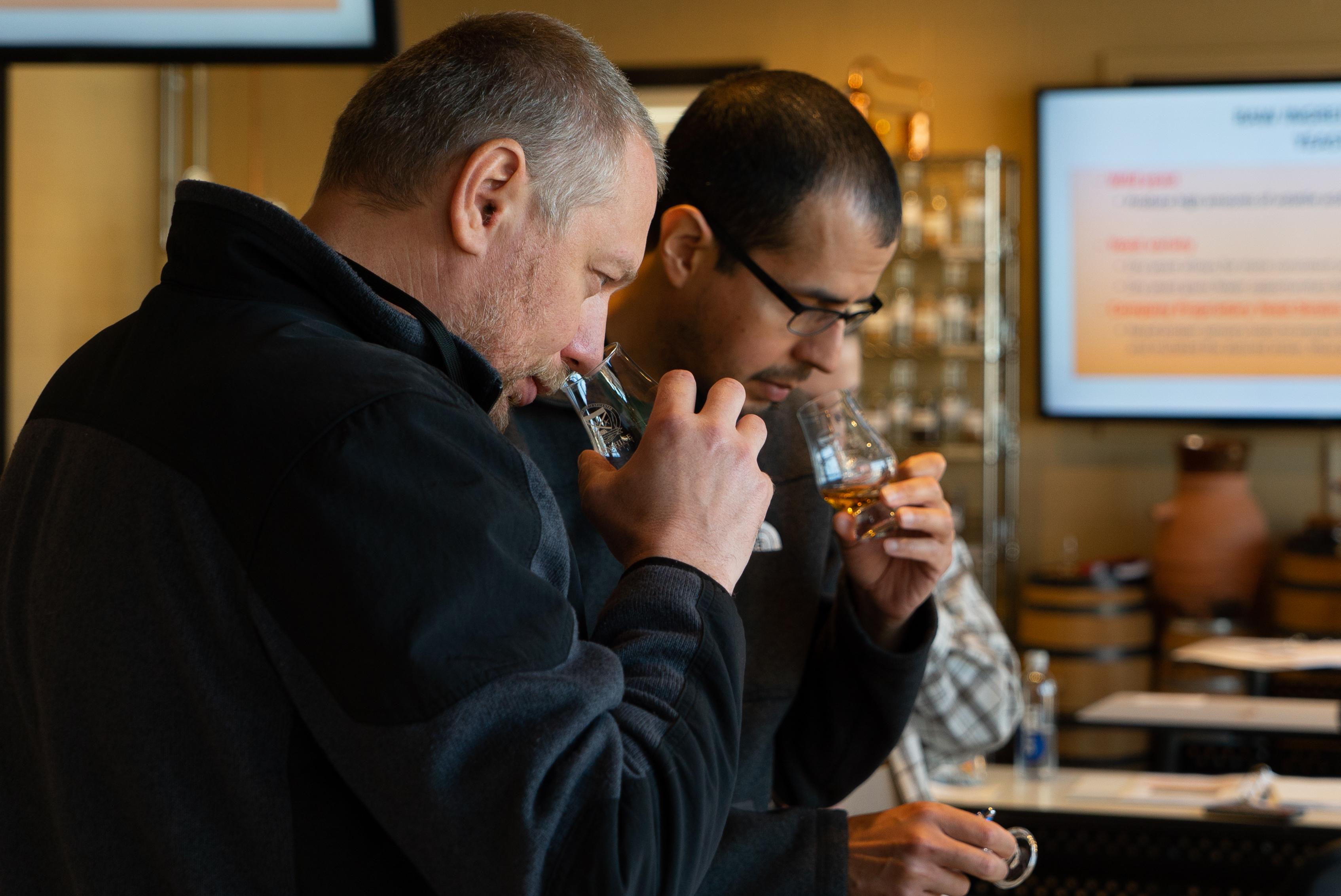
blog
Those that are familiar with the process of crafting distilled spirits may also be familiar with the 10 common congeners that are created during fermentation, and honed during the distillation run. Each congener has its own distinct personality, rendering unique tastes and aromas to the finished spirit.
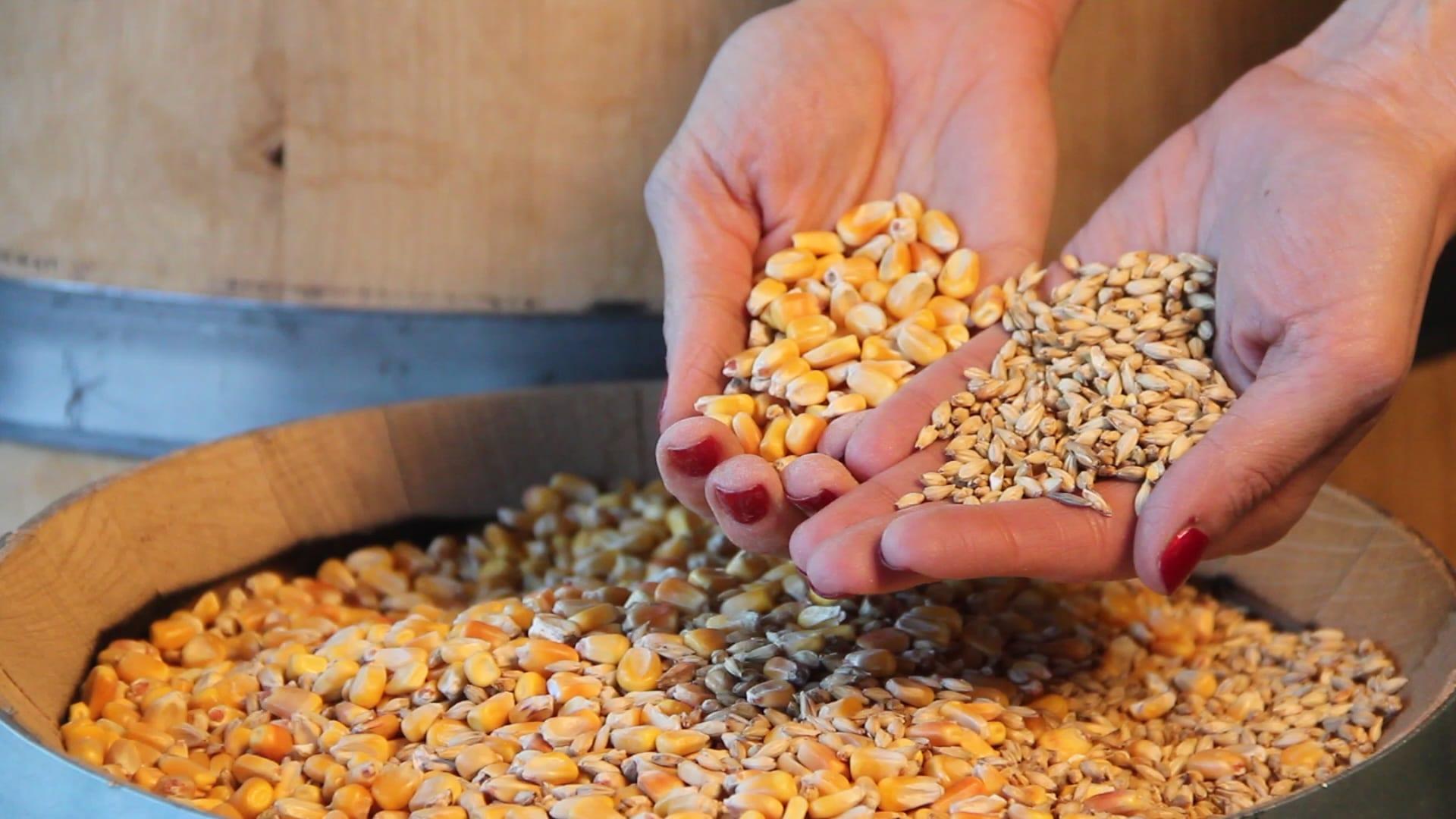
blog
So, you want to start distilling with freshly milled grain. Maybe you're tired of paying top dollar for the pre-milled stuff from the malt distributor, and you're ready to invest in the quality, efficiency, and bulk pricing that comes with milling your own whole grain. But where do you start?